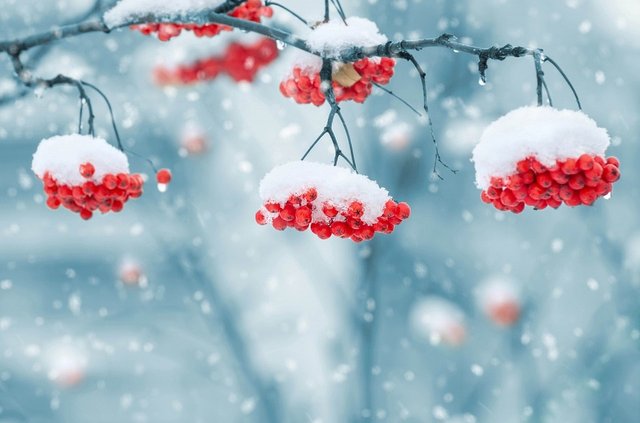Never Stop Growing
As I write this, on a bitterly cold February morning that threatens snow, I am looking outside my window at an icy, barren yard. There isn't a patch of green anywhere to be seen, and won't be for another three or four months. But, despite the chill outside, there is still a way for me to have all the fresh organic vegetables and herbs I could want growing in my own kitchen. Indoor gardens are easy to maintain and endlessly rewarding. To start with something small and manageable, try setting up a kitchen herb garden. Before long, you'll be adding a new dimension to your cooking with fresh flavors you grew yourself.
The first step to starting a home garden is to choose your containers, for which there are a myriad of options. Ceramic pots, wooden boxes, metal tubs, plastic bowls, or anything you can think of will work just fine placed on a sunny window sill (seed packets will give you more information about how much light each plant needs). An optimal depth of about three inches will give most plant roots enough room to grow, although Brussels sprouts, tomatoes, and peppers will do better if you start them in smaller pots and then transplant them into larger pots after they start to grow. Traditional planters have drainage holes in the bottom, but they aren't really necessary as long as you don't over water.
A key consideration in gardening project is the soil. Many commercial potting soils are mixed with synthetic fertilizers that have potentially harmful health and environmental effects. When buying packaged potting soil, look for one that carries an Organic Materials Review Institute (OMRI) label. Two very popular organic brands are Black Gold and Fox Farm. You can buy organic fertilizer, as well, but a much cheaper option is just used tea bags; they will break down naturally and release their valuable nutrients into the soil.
Once you've gotten your containers set up, go out and buy yourself some certified-organic, non-genetically-altered seeds. You'll be able to find these at nurseries and some health food stores. A good online resource is SeedsofChange.com, which offers over 600 varieties of 100% organically grown seeds. The web site also offers great tips and resources for even the most inexperienced home gardener.
Growing herbs and plants indoors is a great way to save money, enjoy fresh produce regularly, and earn the satisfaction of growing your own food. For some reason, a salad just tastes better if you can say, "I grew these tomatoes myself." Once you get started, it's convenient and easy, too. Just takes these tips as starters and supplement them with advice from your local nursery staff or library books. Even if you don't think of yourself as having a green thumb, you just might surprise yourself with the results.

Did you take a photography? It's really nice.
Thanks for using eSteem!
Your post has been voted as a part of eSteem encouragement program. Keep up the good work! Install Android, iOS Mobile app or Windows, Mac, Linux Surfer app, if you haven't already!
Learn more: https://esteem.app
Join our discord: https://discord.gg/8eHupPq